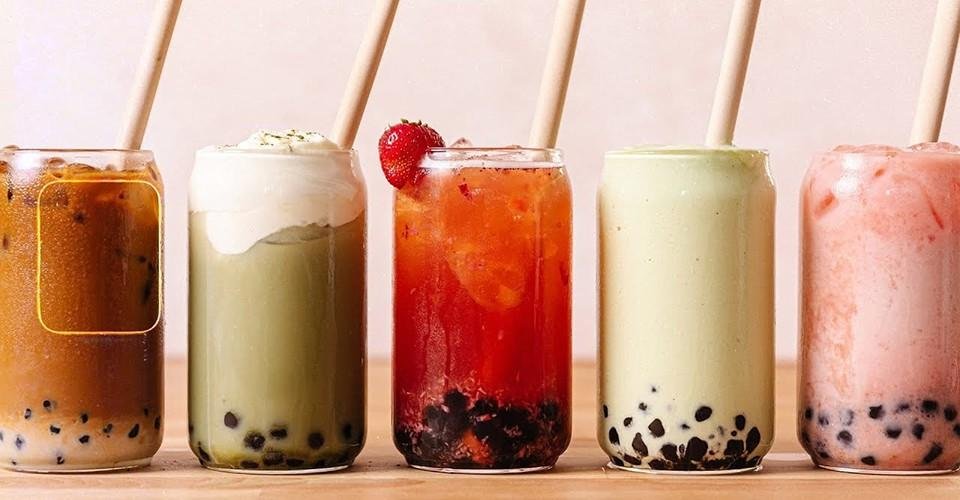
As a big fan of milk tea, I always take a few drinks on weekends or holidays. I gradually found that many milk tea brands no longer provide disposable plastic straws, and most of them have been replaced by PLA degradable straws.
So I asked the clerk why, and she told me: “Many milk tea shops don’t use plastic straws and paper straws anymore, because plastic straws degrade slowly for hundreds of years and cause serious environmental pollution; paper straws are difficult to use and easy to soak, and sometimes confetti, consumers have a lot of opinions. Unless specifically requested by customers, we generally provide degradable PLA straws.”
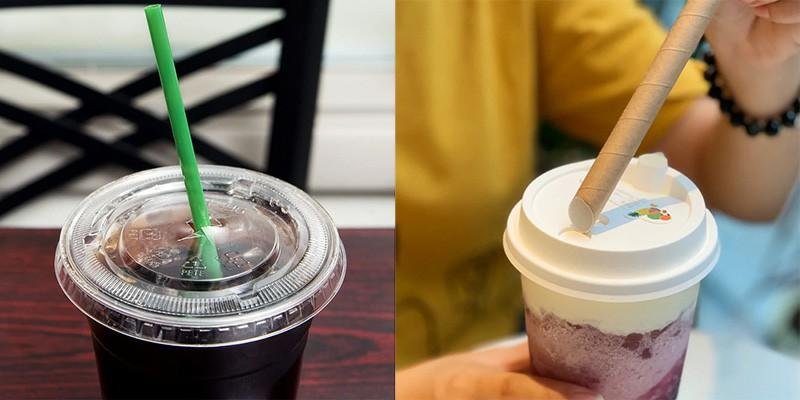
In addition to various brands of milk tea shops and coffee shops, many large catering companies have also stopped using non-degradable plastic straws and replaced them with paper straws and PLA (polylactic acid) degradable straws.
So why did the milk tea shop gradually stop using plastic straws and paper straws? What kind of environmental protection “artifact” is the PLA straw? What is the future of straws?
Why do milk tea shops gradually stop using plastic straws and paper straws?
In response to the “Opinions on Further Strengthening the Control of Plastic Pollution” issued by relevant state departments and reducing the pollution of plastic products to the social environment, many large shopping malls have stopped using non-degradable plastic shopping bags. Not just plastic bags , but plastic straws too.
At the beginning of 2020, the state issued the “Opinions on Further Strengthening the Control of Plastic Pollution”, and now, the catering industry nationwide has banned the use of non-degradable disposable plastic straws.
The ban on the use of single-use plastic straws has created a large market demand for degradable straws. At present, there are two main types of degradable straws that are generally promoted in the market, one is a paper straw, and the other is a polylactic acid degradable straw.
What kind of environmental protection “artifact” is the PLA straw?
Due to cost considerations, many businesses start with paper straws, but this has aroused the dissatisfaction of many consumers, and even many consumers have described “Drinking with paper straws like eating toilet paper cores.” “The paper straw became soft.” “After changing it, I can’t drink half of the milk tea ingredients inside.” So this also forced merchants to switch to PLA straws.
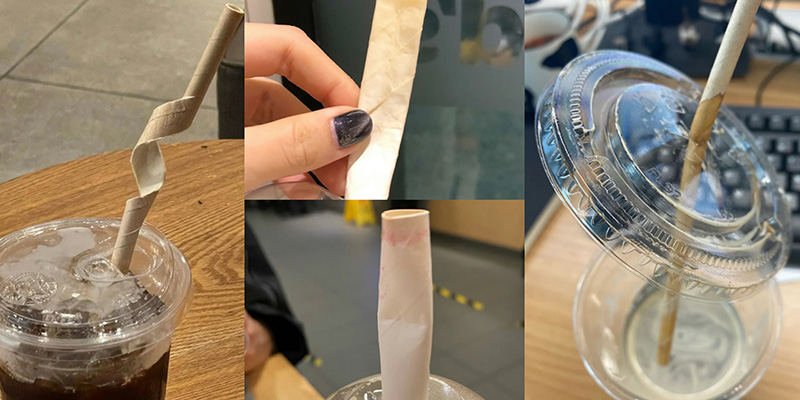
PLA straws are also called polylactic acid straws. They use starch extracted from corn, wheat, cassava and other plants as raw materials, which can be fully biodegraded. The appearance and hardness of this degradable straw are similar to those of plastic straws. Industry experts believe that PLA straws are not only more temperature-resistant than paper straws, but also taste better and can be degraded. Its applicable temperature is about minus 10°C to 70°C, and both cold and hot drinks can be satisfied. Under the condition of composting, PLA straws will degrade in only 90 days. In layman’s terms, they will disappear, which not only ensures the taste of consumers, but also reduces the use of plastics and environmental pollution.
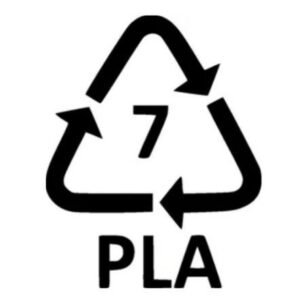
What is the future of straws?
At present, why don’t all the milk tea shops replace the paper straws? The milk tea clerk said: “The cost of PLA degradable straws is higher than that of paper straws. It is better to use PLA straws for fruit tea and hot coffee. When customers order drinks without small ingredients or iced coffee, we will still provide paper straws.”
According to the person in charge of a milk tea brand, the purchase cost of their plastic straws is about $0.01, the paper straws are about $0.03, and the degradable straws made of PLA are about $0.06. While only a few dollars more expensive, it’s still about six times as expensive as a single-use plastic straw.
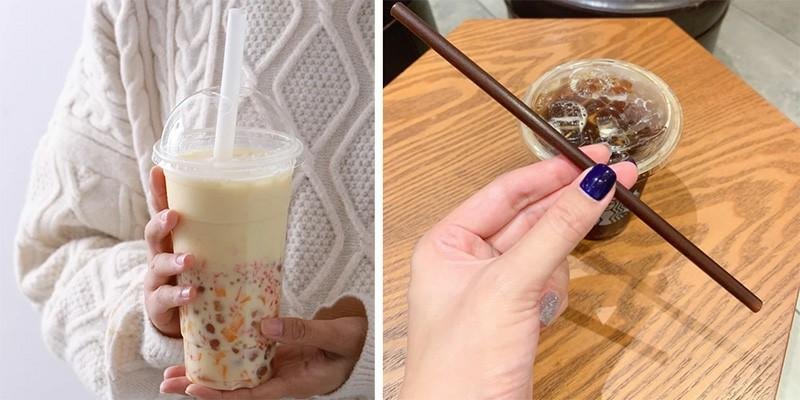
As an example, for the same size straws, disposable plastic straws are about $0.01 each, paper straws $0.03, and PLA straws $0.06. If 3,000 cups of milk tea are sold per month, the monthly cost of purchasing straws has increased from $30 for plastic straws in the past to $180 for PLA straws now. Due to the higher price of PLA straws after the ban, businesses will basically use paper straws first.
In 2020, the domestic production capacity of polylactic acid is only about 60,000 tons, and now the production capacity of polylactic acid has reached 150,000 tons. With the increase in production capacity, the price of polylactic acid will also come down. It is believed that with the improvement of the cost-effectiveness of paper straws or biodegradable plastic straws, the dosage should gradually increase. As the technology becomes more and more mature in the future, paper straws will continue to improve and improve related properties, and the cost of PLA straws is likely to drop.

In the long run, with the advancement of market supervision, the enhancement of people’s awareness of environmental protection consumption, and the reduction in the cost of degradable straws brought about by technological iterations, degradable straws still have considerable room for development in the future.
Summarize:
The lack of unified standards for the production of environmentally friendly straws, the internal mix of fish and dragons, and the profit margins brought by the high price of PLA straws may cause some unscrupulous manufacturers to produce substandard products under the guise of environmentally friendly products, causing more serious damage to the environment.
Merchants cannot choose substandard straws produced by manufacturers that do not meet the specifications because the cost of PLA straws is slightly higher. Only a good customer experience can be recognized by customers, thereby bringing more store profits and taking into account the green environmental protection, everyone is responsible.
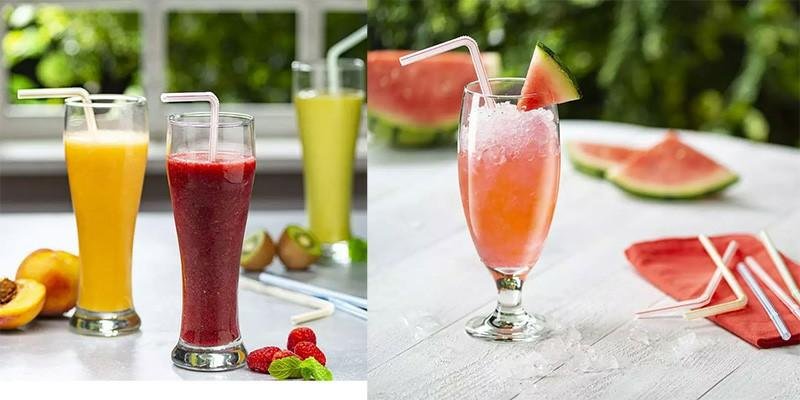
It is an inevitable trend to reduce the use of disposable products and plastic products. In this process, manufacturers are required to continue to innovate and form standardized and unified industry standards. For consumers, it is necessary to gradually get used to the experience of environmentally friendly straws, or reduce the frequency of use of disposable products, and promote green supply of businesses with environmentally friendly consumption.
Key words: disposable plastic straws, degradable PLA straws, plastic straws, paper straws, PLA straws, polylactic acid, plastic products, non-degradable plastic shopping bags, plastic bags, single-use plastic straws, polylactic acid degradable straw, polylactic acid straws, plastic restriction order, corn, wheat, cassava, starch, raw materials, temperature-resistant, disposable products and plastic products.





